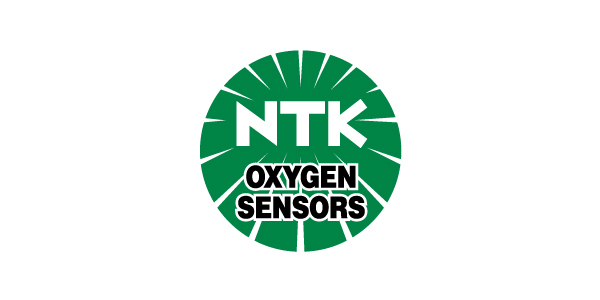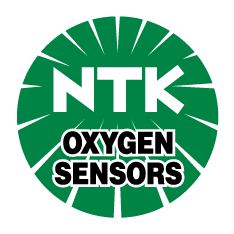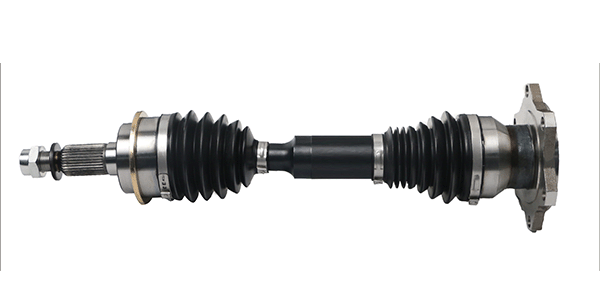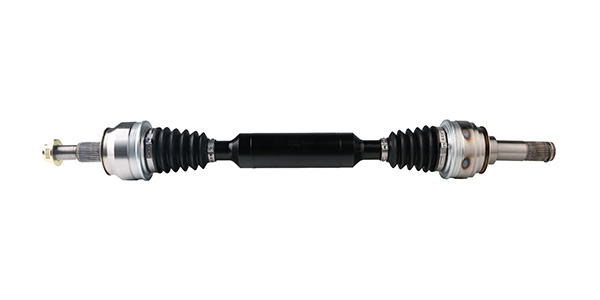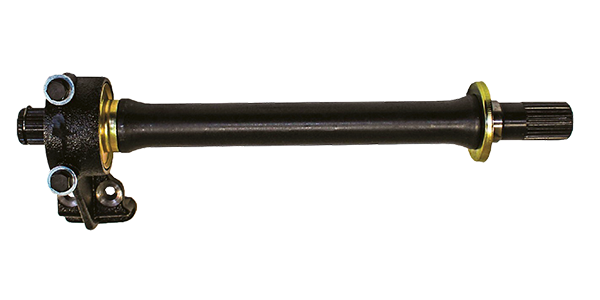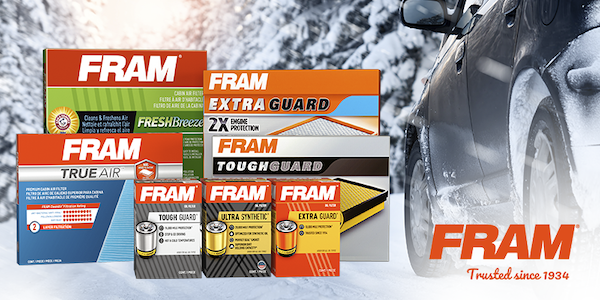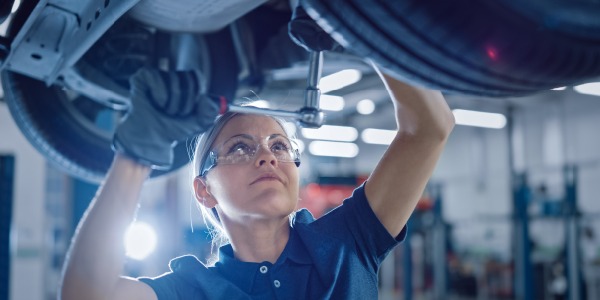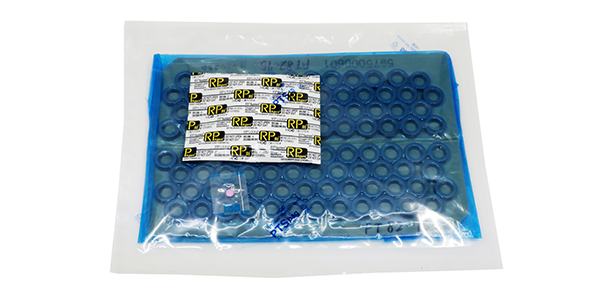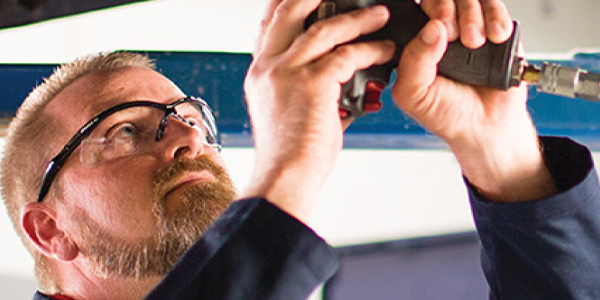Emissions and Regulations
Vehicles are continuing to evolve with technological advances through changes and additions of parts. Government regulations have a direct impact on many of these changes. With vehicles being one of the leading causes of air pollution, government legislation has enacted regulation to reduce vehicle emissions and increase fuel efficiency. These federal regulations resulted in mandatory oxygen sensors on all cars and light trucks produced for the North American market since 1981.
An oxygen sensor functions as the eyes and ears for the electronic control unit (ECU). Its role is to monitor oxygen levels in the exhaust, communicate the air fuel ratio with the ECU, and gauge whether a vehicle is running rich (less oxygen) or lean (more oxygen). By controlling a vehicle’s air fuel ratio, fuel efficiency can be increased, while tailpipe emissions are reduced. The goal is for the engine run lean; close to 14.7 parts of air to 1 part of fuel. 14.7:1, this is known as the Stoichiometric Point. At this point, optimum combustion under normal conditions occurs and the least amount of harmful gases are produced.
Types of Aftermarket Oxygen Sensors
Universal oxygen sensors are designed to work on several applications, thereby reducing the number of stocking units needed. However, universal oxygen sensors do not have factory matched connectors and need to be spliced into place using the connector from the old sensor. The use of universal oxygen sensors are not recommended as compatibility and installation issues often prevent the sensor from performing as well as an OEM matched unit. This could result in more issues and failure to pass state regulated emission tests.
A direct fit oxygen sensor has been engineered to ensure the parameters are the same as the OE sensors. Direct fit sensors will have the correct connectors, hardware and wire length to ensure proper form, fit and function. Aftermarket sensor programs may have small variances to the OE sensor to provide wider coverage.
Using the OE or direct fit oxygen sensor will help prevent further issues and failures, while being compliant with government regulations. To identify which sensors are OE or direct fit for a specific application you can reach out to NTK Oxygen Sensors by calling their Technical Services line at 877-4-SENSOR.

